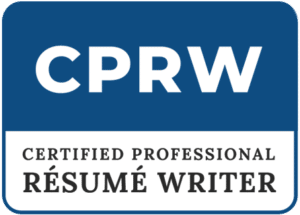An executive resume is also known as a management or C-level resume. It is a type of resume used by individuals applying for management-level positions. The main difference between an executive and a regular resume is the length and level of detail. An executive resume should be no longer than two pages and include a summary of your most important qualifications, work experience, education, and skills. In contrast to a normal resume, an executive resume will be much more professional in its wording and structure.
When writing an executive resume, it is important to remember that your goal is to create a document that will sell you as the best candidate for the job. To do this, you need to highlight your accomplishments and skills and downplay any areas of weakness. It would be best if you also used language that will capture the hiring manager’s attention and make them want to learn more about you.
What is the maximum length for an executive resume?
An executive resume should not be more than two pages in length. This is because hiring managers generally do not have the time or patience to read through long, detailed resumes. Instead, they want to see a concise resume that is to the point.
You can get professional help if you are unsure about how to write your executive resume.
What should you include in an executive resume?
If you are seeking an executive director position, include the title of your current position, the company you work for, and the dates of employment in your resume. Remember to mention your main responsibilities and any results or achievements you’ve had while working there.
It would help if you focused on your accomplishments and skills rather than your work history. This means highlighting any awards, recognition, promotions, or raises you have received. You should also include any relevant volunteer work or community involvement.
Remember to include the basics, such as your name and any important accolades, cell phone number, personal email, and professional social media accounts like LinkedIn.
What should you not include in an executive resume?
There are several things you should avoid when writing an executive resume:
- Do not use pronouns such as “I” or “me.”
- Do not list your entire work history.
- Do not include any personal information that is not relevant to the job you are applying for.
What is the best way to format an executive resume?
The reverse chronological format is the best way to format an executive resume. This means listing your most recent job first and then working backward. This format is easy for hiring managers to read, allowing them to see your most recent experience first.
At what level are you considered an executive?
While the exact definition of an executive can vary from one organization to another, most businesses typically use the term to refer to individuals who hold high-level positions within the company.
To be considered an executive, you typically need to hold a managerial or leadership position within a company. Executives are often responsible for making high-level decisions that impact the organization’s direction. In some cases, executives may also be responsible for carrying out the business’s day-to-day operations. Executive roles are not necessarily restricted to the C-suite; any managerial position qualifies.
What are the “five golden rules” of resume writing?
- First, ensure your resume is no more than two pages long.
- Second, focus on your accomplishments and skills rather than your work history.
- Third, use a reverse chronological format.
- Fourth, do not use pronouns such as “I” or “me.”
- Fifth, do not list your entire work history.
Many people try to cram too much information onto their resume, making it difficult to read and understand.
It is important to highlight your management skills. Management skills include the traits and abilities needed to supervise a team, such as resolving problems, communicating effectively, and motivating workers.
What is the best font for an executive resume?
The best font for an executive resume is a professional, easy-to-read font such as Times New Roman or Arial. You should avoid using fancy or decorative fonts, as they can be difficult to read and may turn off the hiring manager. A maximum of two font types should be used, one font for headings and one for body content.
The best paper to print an executive resume is high-quality white or off-white bond paper. Avoid using colored papers, as the hiring manager may not take them seriously.
It is important to remember that a resume is supposed to get you an interview, not the job. So, keep seeking new qualifications and work on enhancing your skills.




